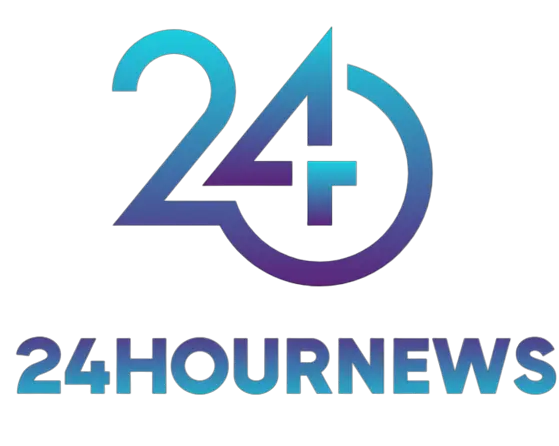NASA unveils stunning images captured by the James Webb Telescope
In a great event, humanity took its first-ever glimpse into the dawn of the universe as an astonishing and unprecedented set of images were revealed to the world for the first time.
Described as "the next giant leap in space astronomy", it was relayed by the new James Webb Space Telescope, the successor to the famous Hubble Observatory - and was released by NASA at a global press conference today, according to Britain's Daily Mail.
The telescope's infrared capabilities mean it can "see past time" within only 100-200 million years from the Big Bang, allowing it to capture images of the first stars to shine in the universe.
Its first images are of nebulae, exoplanets, and clusters of galaxies, on what has been hailed as a "great day for mankind".
Among the discoveries announced by NASA
is that scientists have seen water vapor in the atmosphere of an exoplanet more than 1,000 light-years from Earth.
Webb picked up the characteristic fingerprint of water, along with evidence of clouds and fog, in the atmosphere surrounding WASP-96 b - a hot, puffy gas giant planet that orbits a distant sun-like star every 3.4 days.
One of the stunning images captures a planetary nebula from a dying star, a fate that awaits our sun sometime in the distant future.
With a diameter of about half a light-year and located about 2,500 light-years from Earth, the Southern Ring Nebula can be seen in stunning detail never before seen.
Another image of Stefan's Pentagram, which is located in the constellation of Pegasus, is known as the first compact group of galaxies discovered in 1877.
Four of the five galaxies in the pentagram are locked in a cosmic dance of frequent close encounters.
This enormous mosaic is the Webb Telescope's largest image to date, covering about a fifth of the diameter of the moon, containing more than 150 million pixels, and being created from nearly 1,000 separate image files.
NASA said
the information provides new insights into how galactic interactions of galaxies evolved in the early universe.
Webb also revealed a shimmering image of young stars in the Carina Nebula, where ultraviolet rays and stellar winds from huge walls of dust and gas.
The "cosmic slopes" of the Carina Nebula - a star-forming region located about 7,600 light-years from Earth in our Milky Way galaxy, have been imaged by the Hubble Telescope.
Emmanuel Macron Celebrates First Image From James Webb Telescope: A Journey Through Time
French President Emmanuel Macron celebrated, the first image, from the James Webb Telescope, and celebrated as the oldest image ever, and said through his official account on Twitter, "This image is not only the furthest ever seen, but also the oldest: it is a journey through time of 13 billion years." We are watching the dawn of our universe! What a pride that France is involved in the success of the James Webb Telescope!"
Following 14 years of advancement and a half year of alignment, the James Webb Space Telescope is finally ready to embark on its mission to explore the depths of our universe.
NASA and President Joe Biden shared the first color image from a space telescope yesterday evening, offering a look at the early days of the universe, according to an engaged report.
According to NASA, "Web's First Deep Field" represents the sharpest and "deepest" image of the distant universe to date and what the image shows is a snapshot of a group of galaxies known as SMACS 0723 as it appeared 4.6 billion years ago. Which leads to the magnification of distant celestial bodies in the background.
And some galaxies have never before seen features astronomers will soon study to learn more about the history of our universe, NASA notes that Webb's first deep field doesn't represent our first look at the universe, and microwave telescopes like the Cosmic Background Explorer (COBE) have captured closer shots of the Big Bang. But it did not provide a view of the stars and galaxies like that captured by Webb.
Reaching this historic moment was a long way for NASA when the JWST was first announced. The office arrangement was to send out the telescope in 2007. After a redesign in 2005, NASA finally finished work on the project in 2016 and said the spacecraft would be ready. launch by 2018, 2019 NASA completed the assembly of the telescope, but then a pandemic hit which led to further delays in testing and shipping. These delays eventually cost the JWST project $10 billion.
NASA's choice to name its most progressive space telescope ever after previous organization Administrator James Webb was a source of controversy before Webb oversaw the Mercury, Gemini, and Apollo programs at NASA, working for the US State Department during a time when the agency fired hundreds of gays and lesbians. September NASA said it will not change the name of JWST.
The image shared by Biden is only the first of a handful of images NASA plans to share this week from JWST, and the rest of the initial roster will arrive today when NASA hosts a press conference with Webb Command scheduled for today.

.png)
%20(1).png)
.png)
%20(1).png)